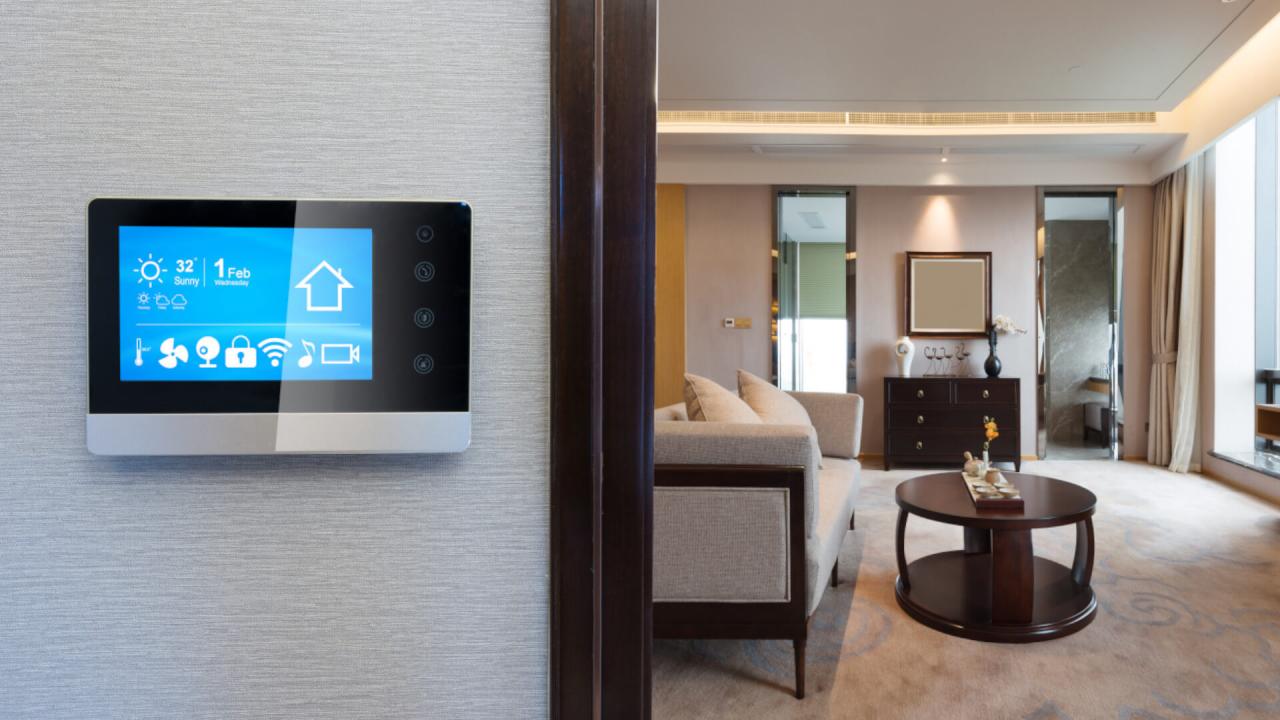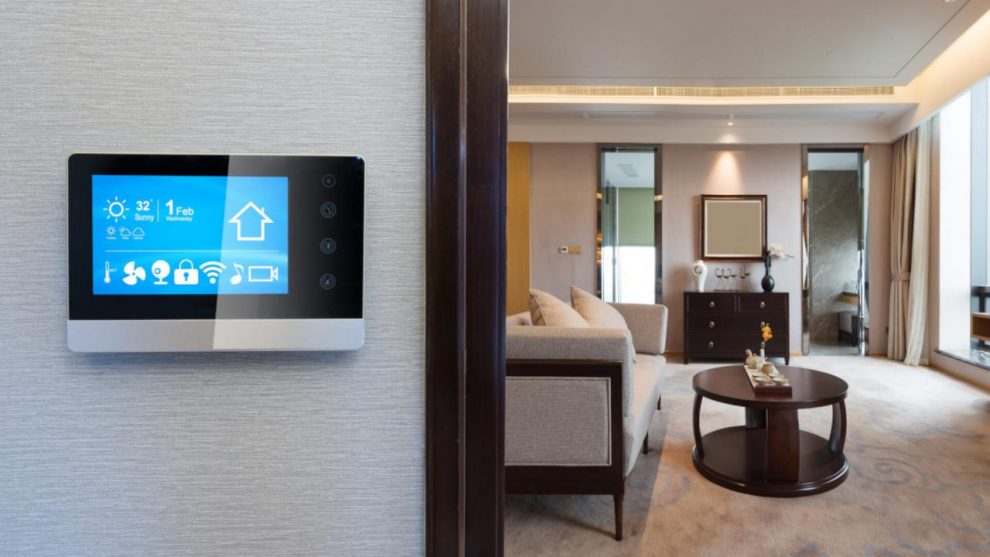
Introduction
Welcome to the era of the smart home, where technology seamlessly integrates with our daily lives to enhance comfort, convenience, and security. As the renowned inventor Nikola Tesla once said, “The day science begins to study non-physical phenomena, it will make more progress in one decade than in all the previous centuries of its existence.” Setting up a smart home is not only a reflection of scientific progress but also a step toward a more connected and efficient living environment.
Understanding the Basics of a Smart Home
A smart home is equipped with devices and systems that can be controlled remotely and automated to perform various tasks. These devices connect to the internet, allowing users to control and monitor them through smartphones, tablets, or voice commands. From lighting and temperature control to security systems and entertainment, a smart home offers a range of features to enhance daily living.
Building Blocks of a Smart Home
Setting up a smart home requires a few key components:
- Smart Hubs or Assistants: A smart hub or assistant acts as the central control system for your smart home devices. Popular options include Amazon Echo with Alexa, Google Nest Hub with Google Assistant, and Apple HomePod with Siri. These devices allow you to control and manage other connected devices using voice commands.
- Smart Devices: Smart devices are the foundation of a smart home. They encompass a wide range of products, including smart lights, thermostats, security cameras, door locks, and entertainment systems. These devices can be connected to your smart hub or assistant and controlled remotely or automated based on predefined settings or schedules.
- Connectivity: A stable internet connection is crucial for a smart home. Most smart devices rely on Wi-Fi or Bluetooth connectivity to communicate with each other and with your control devices. Ensure your home network is strong and reliable for seamless connectivity.
Setting Up Your Smart Home: Step-by-Step
- Identify Your Needs: Assess your daily routines and determine which aspects of your home you want to automate or control remotely. For example, you may want to start with smart lighting to adjust brightness and colors according to your preferences.
- Choose a Smart Hub or Assistant: Select a smart hub or assistant that aligns with your preferences and existing ecosystem. Consider factors such as compatibility, ease of use, and the range of supported devices.
- Select Smart Devices: Research and choose smart devices that cater to your needs and preferences. For example, smart thermostats like Nest or Ecobee allow you to control your home’s temperature remotely and optimize energy consumption.
- Install and Connect Devices: Follow the manufacturer’s instructions to install and connect your smart devices. Most devices have user-friendly mobile apps that guide you through the setup process. Ensure devices are connected to your Wi-Fi network for seamless control.
- Create Automation and Control Scenarios: Utilize the features of your smart hub or assistant to create automation and control scenarios. For example, you can set up a routine to automatically turn on the lights and adjust the thermostat when you arrive home.
- Expand and Customize: Once you have the basics set up, consider expanding your smart home system by adding more devices. Explore options like smart speakers, security systems, or even smart kitchen appliances to further enhance your home automation experience.
Challenges and Considerations
As you embark on your smart home journey, keep the following in mind:
- Compatibility: Ensure that the devices you choose are compatible with your chosen smart hub or assistant. This will ensure seamless integration and control.
- Privacy and Security: Protect your smart home from potential vulnerabilities by regularly updating device firmware, using strong passwords, and securing your Wi-Fi network.
- Cost: Setting up a smart home can involve an investment in devices and infrastructure. Plan your budget accordingly and prioritize based on your needs and preferences.
Conclusion
As technology advances, the concept of the smart home has transformed from a futuristic dream to a tangible reality. Embrace the opportunities it offers to enhance your daily life and create a more connected living environment. Remember the words of innovator Steve Jobs: “Innovation distinguishes between a leader and a follower.” With a smart home, you become the leader, harnessing the power of technology to shape the future of your living space.















